As someone who has been considering adding an inground pool to my backyard, I understand the importance of having accurate information about the costs involved.
Inground pool prices can vary greatly depending on the material used, the size of the pool, and any additional features or customizations. With so many factors to consider, it can be challenging to determine what a reasonable budget might be.
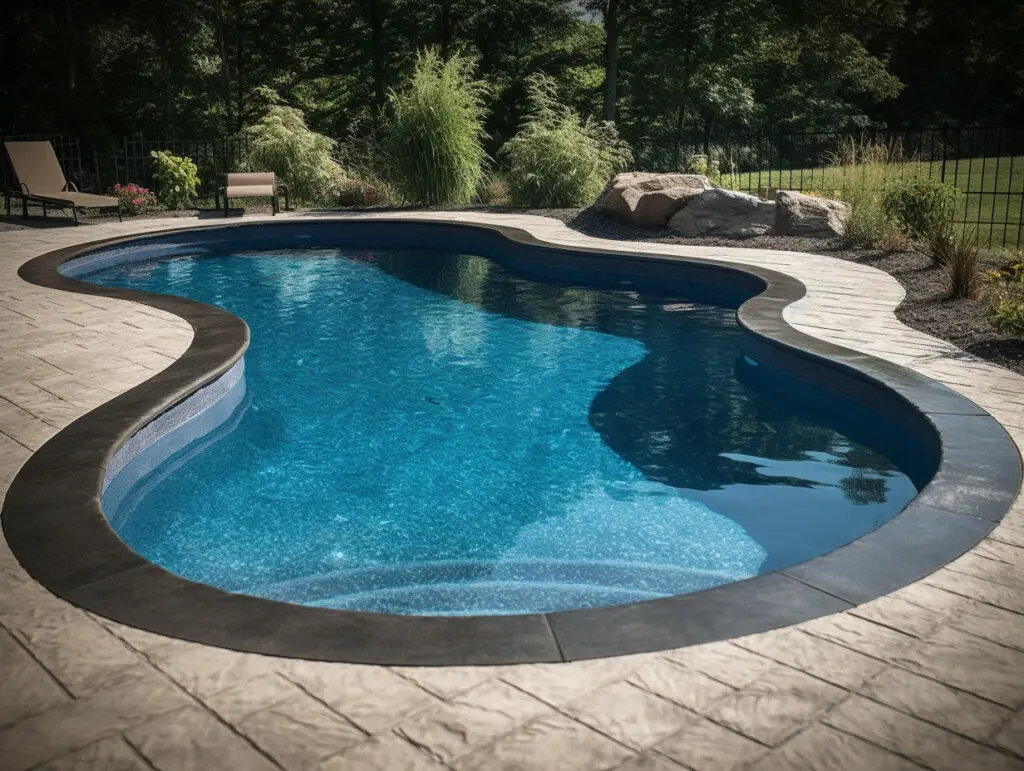
Inground Pools with Prices
After conducting some research, I have found that the average cost to install an inground pool ranges from $28,000 to $115,000.
The cost can be influenced by a variety of factors, such as the type of material used, the size of the pool, and any additional features or customizations.
It is important to keep in mind that these costs are estimates, and the final price of an inground pool will depend on a variety of factors specific to each individual project.
Factors Affecting Inground Pool Prices
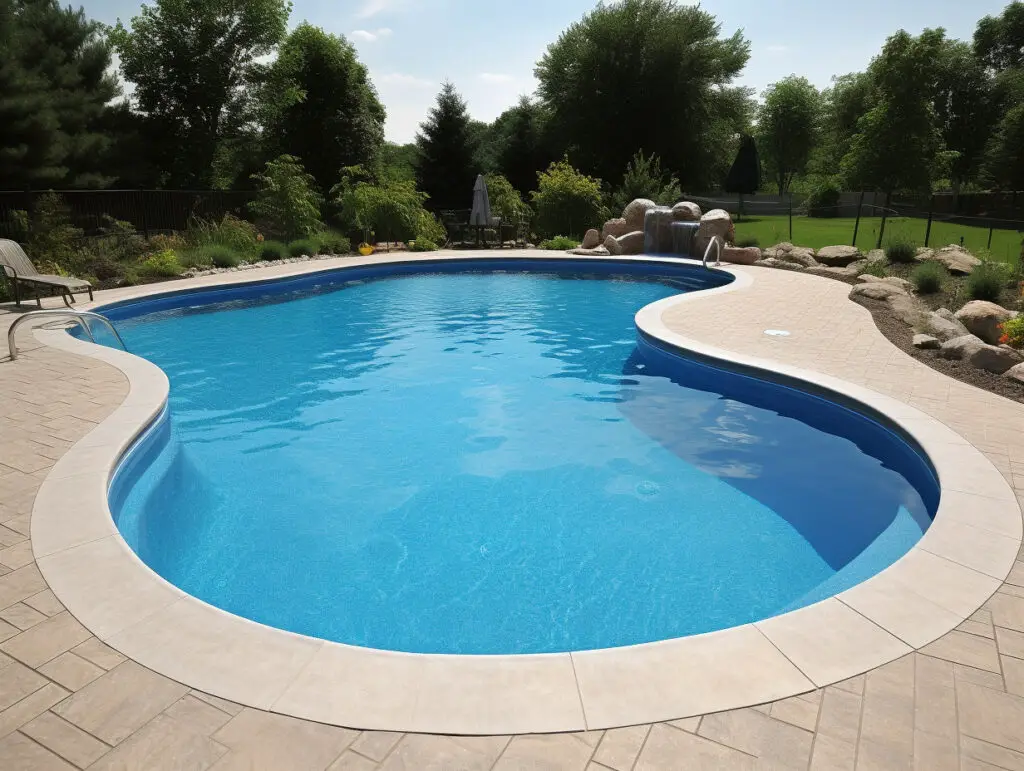
When it comes to installing an inground pool, there are several factors that can affect the overall cost. In this section, I will discuss the three main factors that can influence inground pool prices: size and shape, materials used, and additional features.
Size and Shape
The size and shape of an inground pool can greatly impact its cost. Generally, the larger and more complex the shape, the more expensive the pool will be. A standard rectangular pool is typically the most cost-effective option, while a custom-designed pool with unique features such as a spa, waterfalls, or intricate tiling will be more expensive.
Materials Used
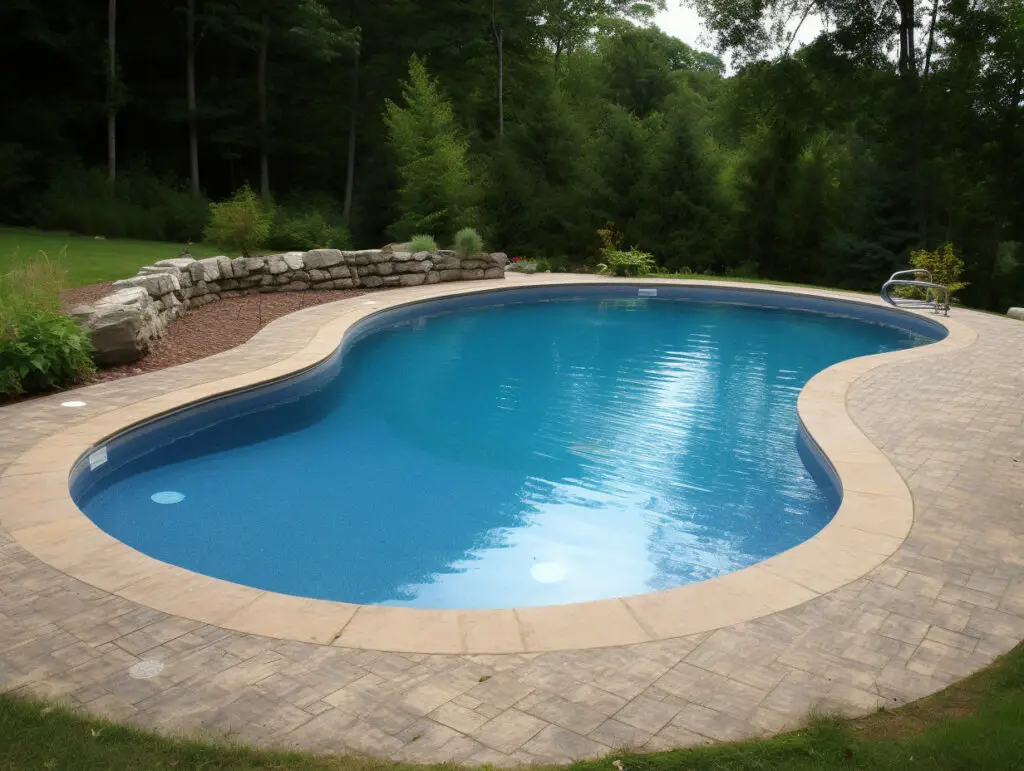
The materials used to construct an inground pool can also affect its price. There are three main types of inground pool materials: fiberglass, vinyl, and concrete. Fiberglass is the most expensive option, but it is also the most durable and requires the least amount of maintenance.
Vinyl is the most affordable option, but it is not as durable as fiberglass or concrete. Concrete is the most popular option, but it is also the most expensive and requires the most maintenance.
Additional Features
Finally, additional features can also impact the cost of an inground pool. Features such as lighting, heating, and automatic covers can all add to the overall cost of the pool. Other features such as waterfalls, slides, and diving boards can also increase the price.
In summary, when it comes to inground pool prices, the size and shape, materials used, and additional features are the three main factors that can influence the overall cost. By considering each of these factors, you can determine which options are best for your budget and needs.
Types of Inground Pools
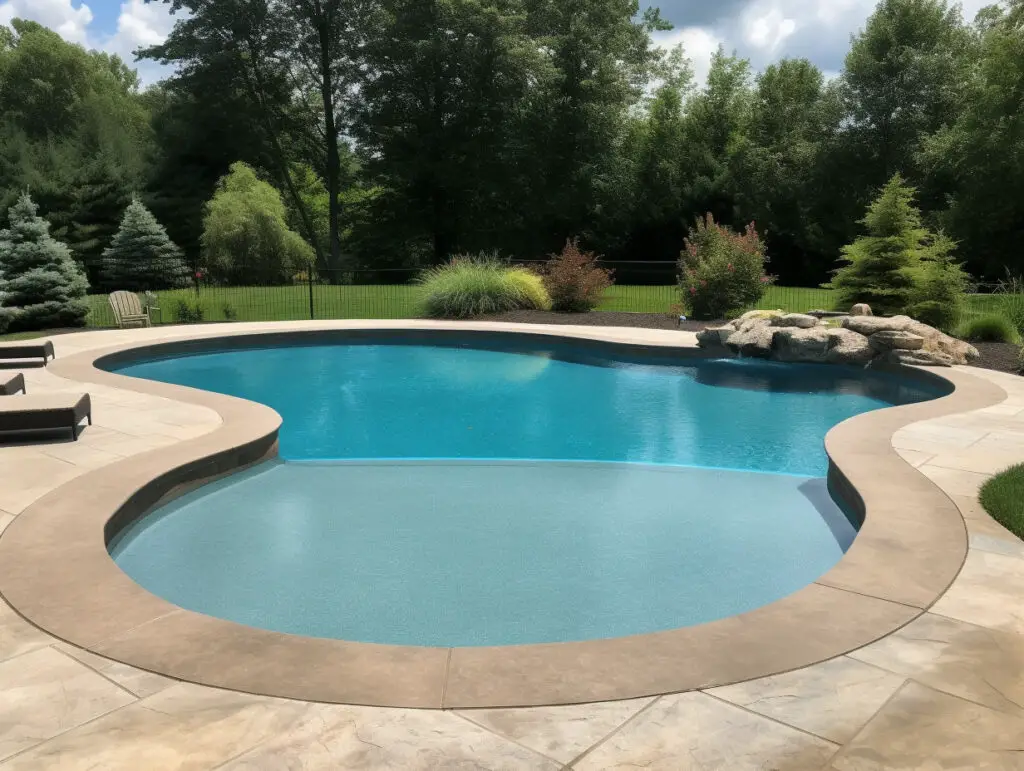
When it comes to inground pools, there are three main types to consider: concrete, fiberglass, and vinyl liner. Each type has its own unique characteristics, advantages, and disadvantages.
Concrete Pools
Concrete pools are the most popular and versatile type of inground pool. They are highly customizable and can be built in any size, shape, and depth. Concrete pools also offer the most durability and longevity, with a lifespan of 25-50 years.
However, concrete pools require the most maintenance and upkeep, as they are prone to algae growth and staining. They also have the highest initial cost, ranging from $51,000 to $115,000 installed.
Fiberglass Pools
Fiberglass pools are a popular choice due to their low maintenance and easy installation. They are pre-manufactured in a factory and then delivered to the installation site for quick and easy installation. Fiberglass pools also offer a smooth, non-porous surface that is resistant to algae growth and staining.
However, fiberglass pools are limited in size and shape, as they are pre-manufactured. They also have a shorter lifespan of 15-25 years and can be more expensive than vinyl liner pools, with an average cost of $46,000 installed.
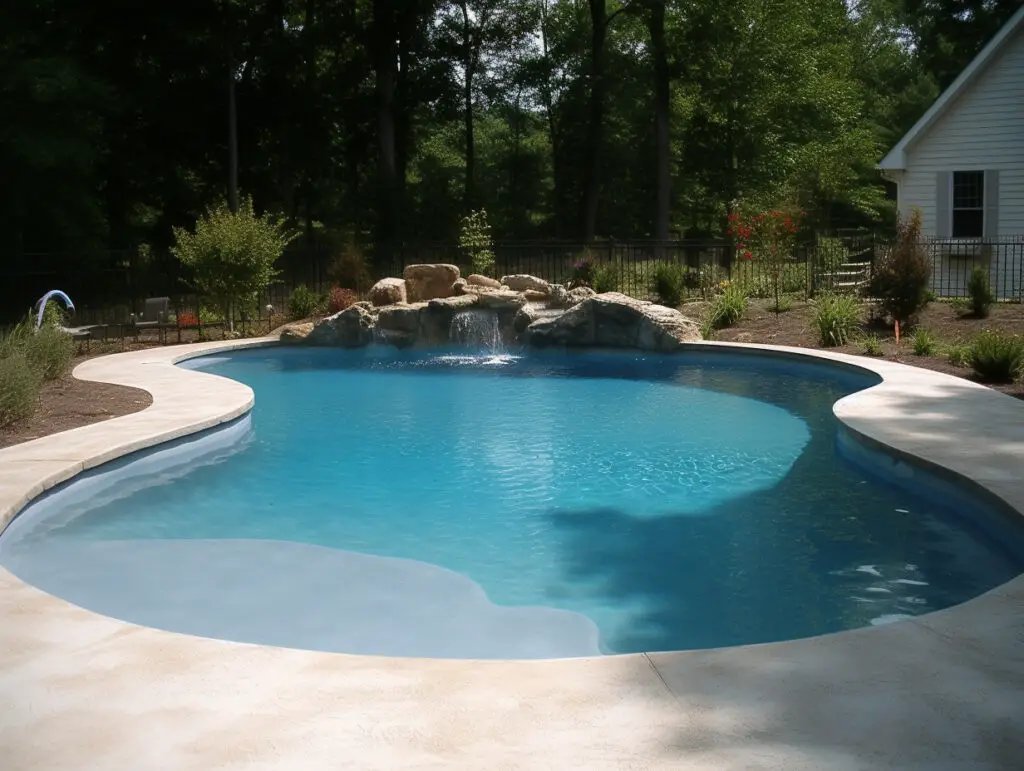
Vinyl Liner Pools
Vinyl liner pools are the most affordable type of inground pool, with an average cost of $36,000 installed. They are also highly customizable and can be built in any size and shape. Vinyl liner pools also offer a smooth, non-porous surface that is resistant to algae growth and staining.
However, vinyl liner pools have the shortest lifespan of 10-15 years and require regular replacement of the vinyl liner. They are also prone to punctures and tears, which can be costly to repair.
Overall, the type of inground pool you choose will depend on your budget, maintenance preferences, and desired size and shape. Each type has its own unique advantages and disadvantages, so it’s important to weigh your options carefully before making a decision.
Average Prices of Inground Pools
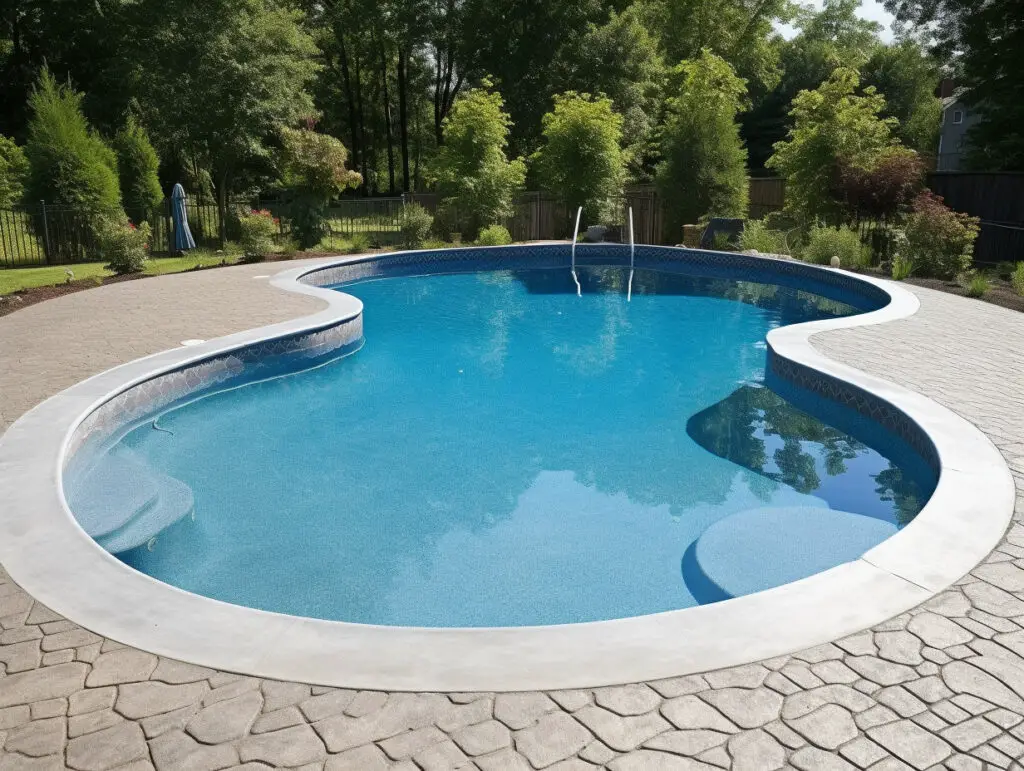
As someone who has researched and written about inground pools, I can tell you that the cost of an inground pool can vary widely depending on several factors. The type of pool you choose, the size of the pool, the materials used, and the location of the pool installation are some of the main factors that can affect the price.
In general, the cost of an inground pool can range from $20,000 to $115,000 or more. The average cost of a 14′ x 28′ inground pool is around $45,000 to $55,000, but this can vary depending on the type of pool and the materials used.
Here is a breakdown of the average prices of inground pools by type:
- Fiberglass: The average cost of a fiberglass inground pool is around $46,000. Fiberglass pools are known for their durability and low maintenance requirements, but they can be more expensive than other types of pools.
- Vinyl: The average cost of a vinyl inground pool is around $36,000. Vinyl pools are popular because they are relatively inexpensive and can be customized with different patterns and colors.
- Concrete: The average cost of a concrete inground pool is around $51,000. Concrete pools are known for their durability and can be customized with different shapes and sizes.
It’s important to note that these prices are just averages, and the actual cost of your pool installation may vary depending on several factors. For example, if you live in an area with high labor costs or if your pool installation requires extensive excavation work, your costs may be higher.
In addition to the cost of the pool installation itself, you should also consider the ongoing maintenance costs of your pool. This can include things like cleaning, chemical treatments, and repairs. The average yearly maintenance cost of an inground pool is around $1,200 to $1,800, but this can vary depending on the size and type of pool you have.
If you’re considering an inground pool, it’s important to do your research and get multiple quotes from reputable pool installation companies. By understanding the average prices of inground pools and the factors that can affect the cost, you can make an informed decision about the best pool for your needs and budget.
Factors to Consider When Choosing an Inground Pool
When choosing an inground pool, there are several factors to consider to ensure you get the best value for your money. In this section, I will discuss the most important factors to consider when selecting an inground pool.
Budget
One of the most significant factors to consider when choosing an inground pool is your budget. Inground pools can range from $28,000 to $65,000 or more, depending on the size, materials, and features you choose. It’s essential to determine your budget before you start shopping for a pool so that you can find one that fits your needs and your wallet.
Maintenance
Another crucial factor to consider when selecting an inground pool is maintenance. Different types of pools require different levels of maintenance, and you need to choose one that you can maintain properly.
For example, concrete pools require more maintenance than fiberglass or vinyl liner pools. You need to consider the time and money you are willing to invest in maintaining your pool before choosing one.
Design and Aesthetics
The design and aesthetics of your pool are also essential factors to consider. You want a pool that complements your home’s design and adds value to your property. You can choose from various shapes, sizes, and colors to customize your pool to your taste. You can also add features such as waterfalls, lighting, and landscaping to enhance the aesthetics of your pool.
Other Factors
Other factors to consider when selecting an inground pool include the size of your yard, the purpose of the pool, and the local climate. You need to ensure that your yard is large enough to accommodate the size of the pool you want.
You also need to consider whether you want a pool for exercise, entertainment, or relaxation. Finally, you need to consider the local climate to ensure that your pool is suitable for the weather conditions in your area.
In conclusion, choosing an inground pool requires careful consideration of several factors, including budget, maintenance, design and aesthetics, and other factors. By considering these factors, you can select a pool that meets your needs and provides you with years of enjoyment.
Conclusion
After researching the prices of inground pools, I have come to the conclusion that the cost of an inground pool can vary greatly depending on several factors. The size, material, and features of the pool all play a role in determining the final cost.
Based on the research I conducted, the average cost of an inground pool ranges from $28,000 to $115,000. Fiberglass pools tend to be the most expensive, with an average cost of $46,000 for a 14′ x 28′ pool. Vinyl liner pools are the least expensive, with an average cost of $36,000 for the same size pool.
It is important to keep in mind that the cost of the pool itself is not the only expense to consider. Additional costs may include installation, maintenance, and repairs. Yearly maintenance costs can range from $500 to $4,000 depending on the size and type of pool.
When deciding on an inground pool, it is important to consider your budget and what features are most important to you. A smaller pool with fewer features may be more affordable, while a larger pool with more features may be worth the extra investment.
An inground pool can be a great addition to your home and provide years of enjoyment for you and your family. However, it is important to carefully consider the costs and make an informed decision before making the investment.

![What Gravel To Use For Patio Base [Best Options]](https://www.cleverpatio.com/wp-content/uploads/2021/11/What-Gravel-To-Use-For-Patio-Base-270x180.jpg)
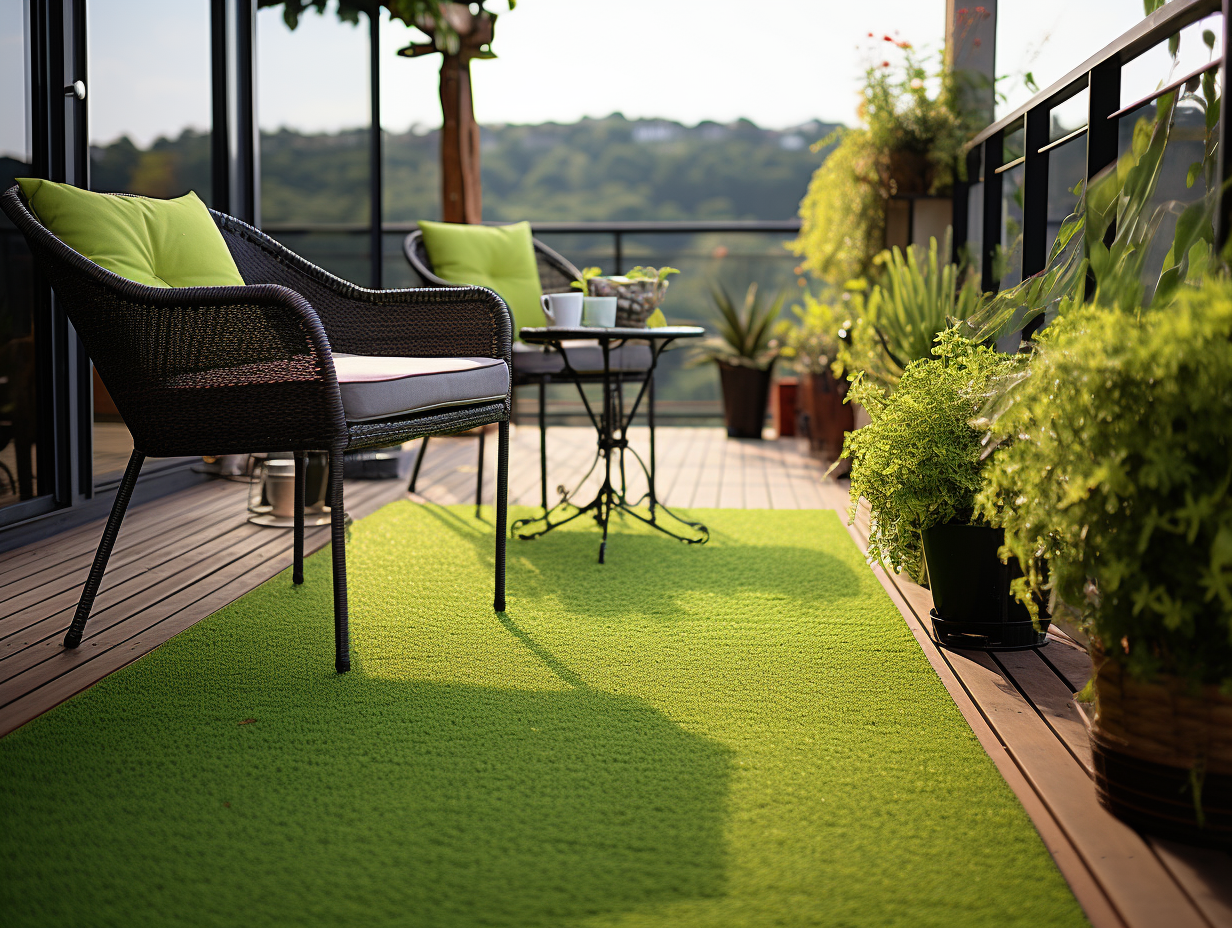

Leave a Reply